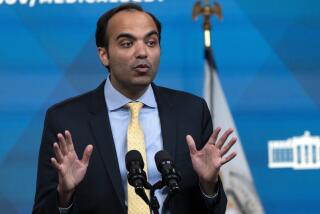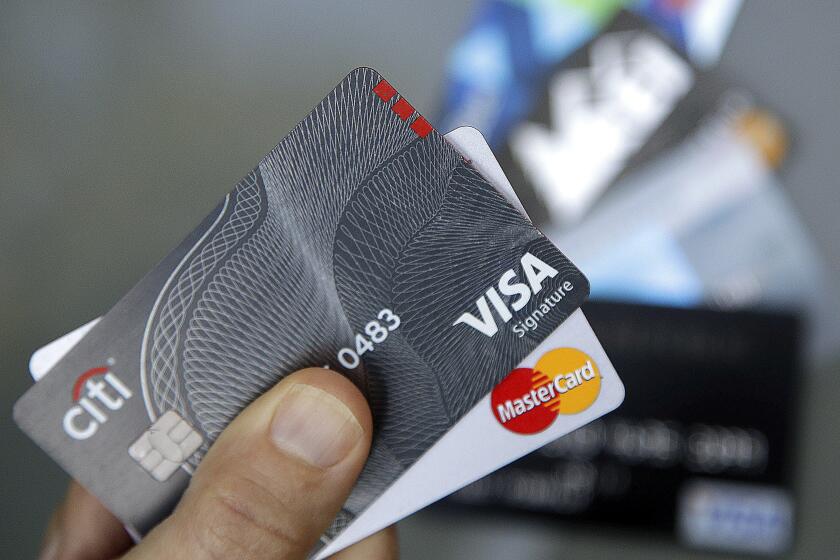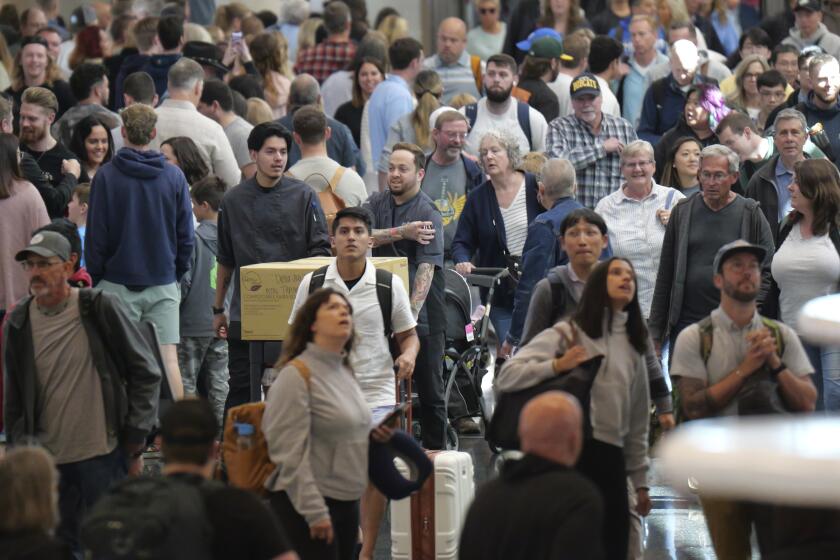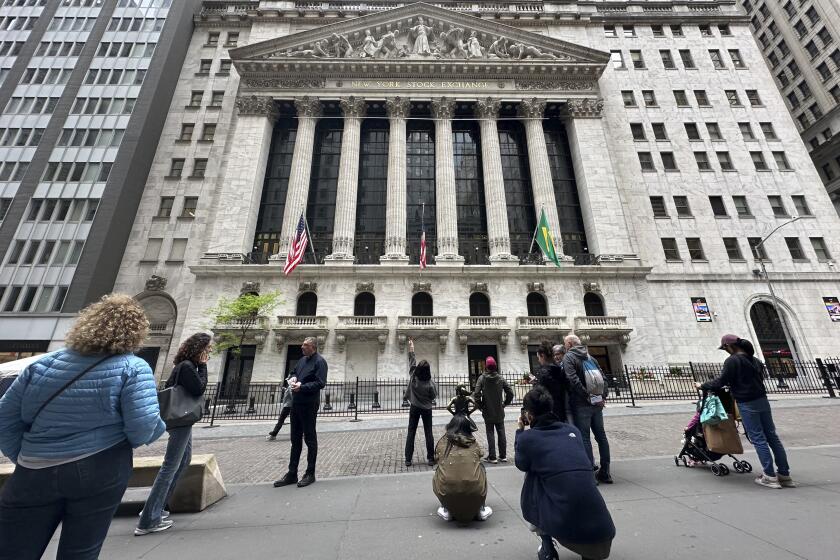The air cargo security gap
SMALL SCISSORS AND NOVELTY tools can’t blow a jumbo jet out of the sky, but that doesn’t stop them from keeping airport screeners busy poking through passengers’ carry-on bags. That’s why the Transportation Security Administration was right to relax its rules barring certain sharp trinkets from passenger flights, freeing up airport screeners to more thoroughly check passengers for a far bigger threat to air safety: bombs.
Yet if TSA chief Kip Hawley, who announced the new rules Dec. 2, is so concerned about explosives getting on board airplanes, he should take a harder and long overdue look at their cargo holds.
More than four years have passed since Americans said “never again” to a terrorist attack from the skies, but much of the cargo on commercial flights still isn’t checked for bombs. A report last month from the Government Accountability Office found that plans to fully implement a thorough cargo-screening program are still largely on the drawing board and that screening procedures have far too many holes.
About 23 billion pounds of cargo was sent by air across the United States in 2004, roughly a quarter of which was stowed in passenger airplanes. Screening it all would be enormously expensive, so the TSA has decided to fully check only the riskiest cargo. The trouble is, the agency still hasn’t done enough risk assessments to know what cargo it should be screening, according to the GAO report.
Currently, the tightest security is reserved for cargo on passenger jets, but even that screening is porous. Most cargo on passenger flights must come from “known shippers” -- companies that have a long business relationship with airlines. Even there, the GAO report found, the program “may not provide adequate assurance that shippers are trustworthy and that air cargo transported on passenger aircraft is secure.” (The GAO report, for security reasons, did not elaborate on specific weaknesses.)
The 9/11 attacks, and more recent attacks in Iraq by insurgents, show how brazen and creative terrorists can be. In 2003, the Department of Homeland Security, which oversees the TSA, warned that Al Qaeda might hijack cargo planes and crash them into nuclear power plants. That sounds farfetched, but it’s troubling that it’s still so easy to sneak people or bombs into a plane’s cargo hold. Since air travel security was beefed up in 2001, several human stowaways have been found tucked away with the cargo in planes.
After 9/11, Congress and the Bush administration took a hard look at the lax security rules that allowed airlines to operate smoothly but at passengers’ peril. Air cargo safety is long overdue for the same treatment.






